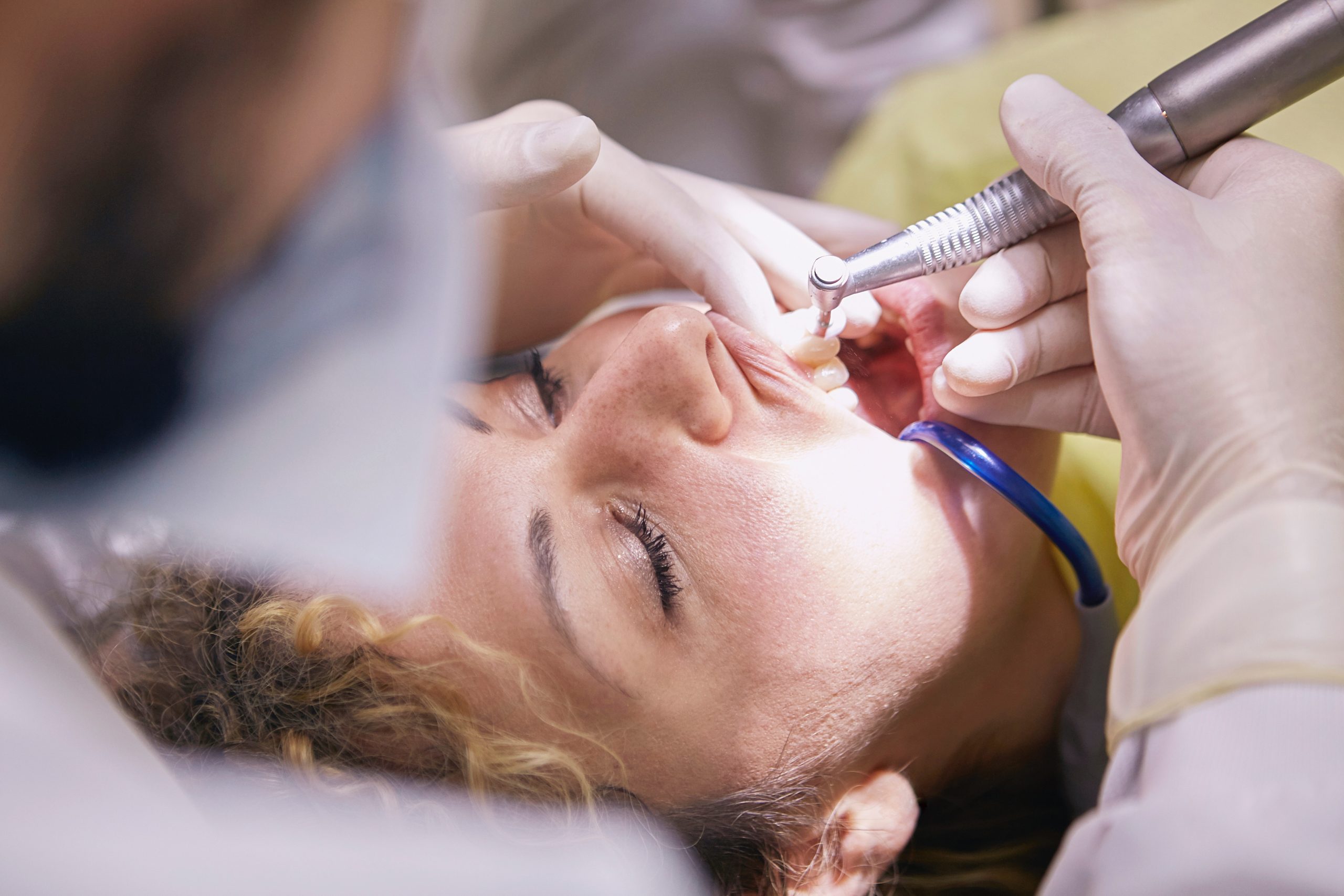Dentistry, just like any other aspect of our lives, benefits from the continuous advancement of technology. The latest advancements in digital technology and software for processing and developing novel cosmetic materials, and powerful manufacturing and prototyping tools, are causing significant changes in dentistry.
Modern dental treatments have lessened the anxiety and discomfort felt by patients. Digital technology, when put by highly skilled and skilled dentists, makes dental treatments more secure, more precise, more comfortable, and less uncomfortable.
Changes Brought by Digital Dentistry
While traditional dental treatment worked for years, the dental business transition to digital technology has begun. In the future, as technology continues to advance rapidly, dental technology will be even more effective and user-friendly, enabling dentists to do their work more efficiently and effectively than they have previously.
Technology can help improve your dental visits.
1. Intraoral Cameras
Using an intraoral scanner will allow your dentist to take less time making impressions, reducing the amount of time and discomfort. Since making mold impressions using traditional methods is a long and uncomfortable task in any dental workplace, intraoral scanners can make it faster and easier.
Your dentist can quickly generate an image of 3D of your mouth by scanning the mouth with a portable intraoral device. Dental prosthetics such as crowns and dentures can then be precisely made from the data taken from this exam.
2. Digital X-Rays
X-rays continue to play an essential role in every aspect of day-to-day procedures of the dental profession. However, traditional x-rays demanded the creation of films. This procedure was time-consuming and expensive, requiring dental offices to preserve and physically distribute copies of documents.
It’s not an issue, thanks to direct digital radiography. This cutting-edge technology of digital x-rays produces radiographic images on a computer screen within a short period. This means you won’t have to wait for your X-ray results.
3. CAD/CAM Design and 3-D Printing
Customers and dentists alike find the time spent waiting for restorations that are made in a laboratory to be very frustrating. The lab gets goopy impressions, and while waiting for the restoration you want, you are faced with uncomfortable temporary solutions. Innovations like computer-aided design/manufacturing and three-dimensional printing can help reduce these concerns.
Your dentist can now make numerous restorations in the office, ranging from onlays and crowns to complete prostheses. They can be created, made, and implanted on the same day, saving you and your dentist time.
4. Dental Lasers
Dental drills are just as frightening as needles. In most cases, the drill can be replaced by a dental laser instead. Lasers can instantly cauterize wounds that, stop bleeding, decreases the risk of infection, alleviates pain, and speeds up recovery. Additionally, they can manage gum disease, remove soft tissue, reveal affected teeth, and prepare teeth ready to receive fillings.
For your dental needs, you should consult a trusted dentist regarding your options and what treatment you will benefit most from. You can book an appointment through this link: www.dentalboutiquenyc.com, or you can call them through their phone.
5. Digital Patient Records
In the same way, as in any medical field, dentists are required to keep meticulous notes on patients. The ability of a dentist to keep precise records is essential to providing good patient care and follow-up. But, paperwork can be an enormous burden at dental practices.
As a more efficient and efficient alternative, digital document keeping is the way to go. Patient’s accurate information is much easier to store and available at the point of treatment. Additionally, it allows for the secure sharing of health records with other healthcare professionals or patients, can reduce administrative and paperwork expenses, and enhances the security and privacy of patient information.
Aside from digital dentistry, another growing branch of dentistry is cosmetic dentistry. This involves procedures such as dental veneers, professional teeth whitening, and dental implants to enhance a patient’s smile.
Conclusion
Because of the reliability and consistency of digital image systems, dentists can use them to diagnose anomalies, diseases, and various dental problems. Since you will receive better treatments and care faster, your dental health will improve, and you will be less likely to experience complications. Overall, dental implants may be the best choice for you, but it is best to consult your dentist first.

